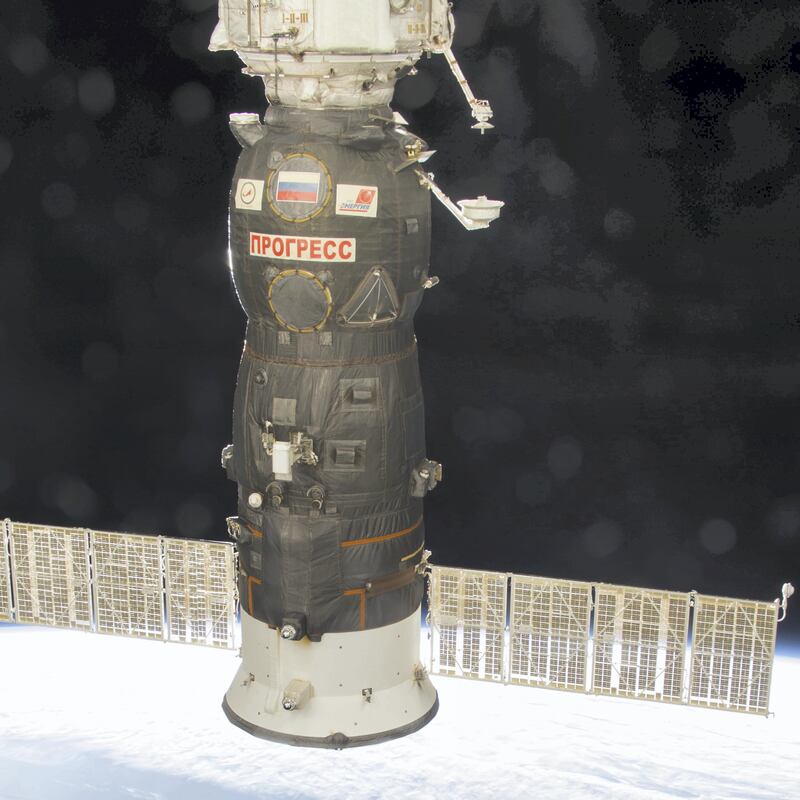Russia’s veteran Soyuz rockets have been in use since the mid-1960s, when they were the workhorse of the Soviet space programme.
They play a vital role in supplying the International Space Station, carrying all astronauts to the ISS with the temporary end of the US manned space programme in 2011.
The latest version of the Soyuz was first flown in 2004, and makes regular supply missions to the space station, carrying everything from food and fuel to specialist equipment for experiments.
The most recent cargo missions have flown from the Baikonur Cosmodrome in Kazakhstan, once part of the Soviet Union.
A three stage rocket, the current Soyuz 2 model is capable of lifting about 2,400kg into low Earth orbit in an unmanned Progress freighter. The final stage of the rocket lifts the Progress into position for its final rendezvous with the ISS before burning up on re-entry.
Unlike the latest reusable American supply ships, each Progress capsule is discarded after use. After unloading, astronauts load the ship with discarded materials, which are then destroyed as it falls back to Earth.
The latest Soyuz mission took off on Saturday, carrying the Progress MS07 supply capsule, and docked with the space station on October 16, the same date that the third stage was due to crash back to Earth, and the evening when burning trails were seen over the UAE.







